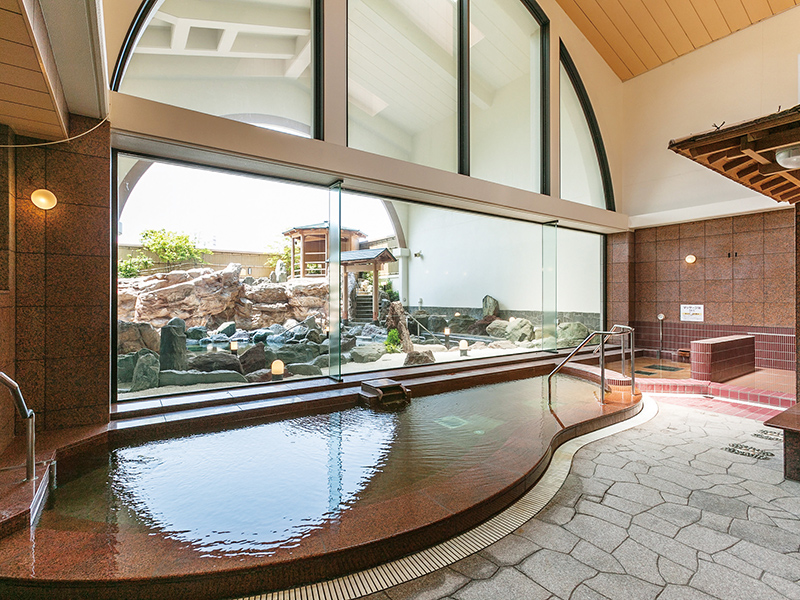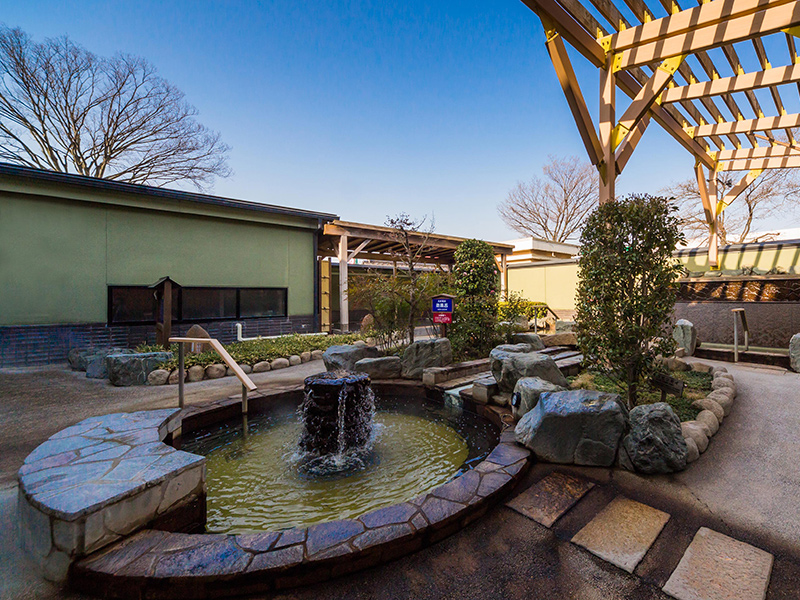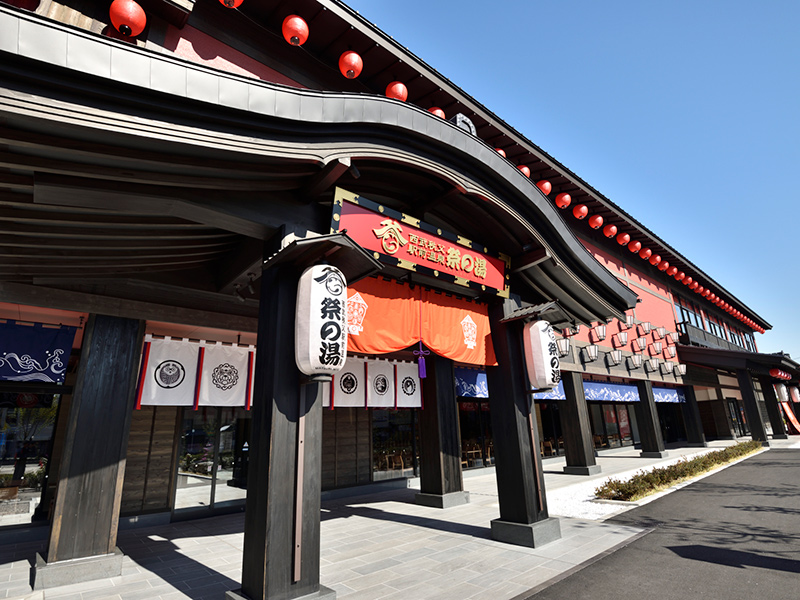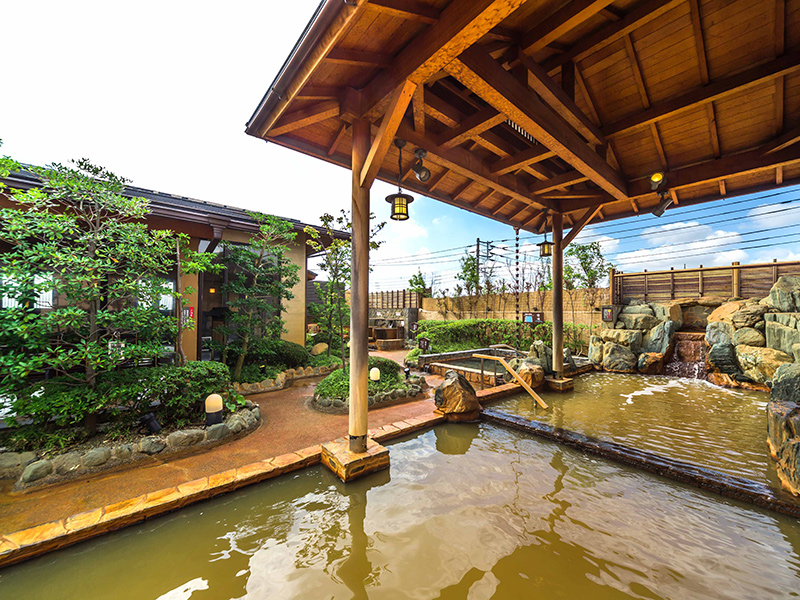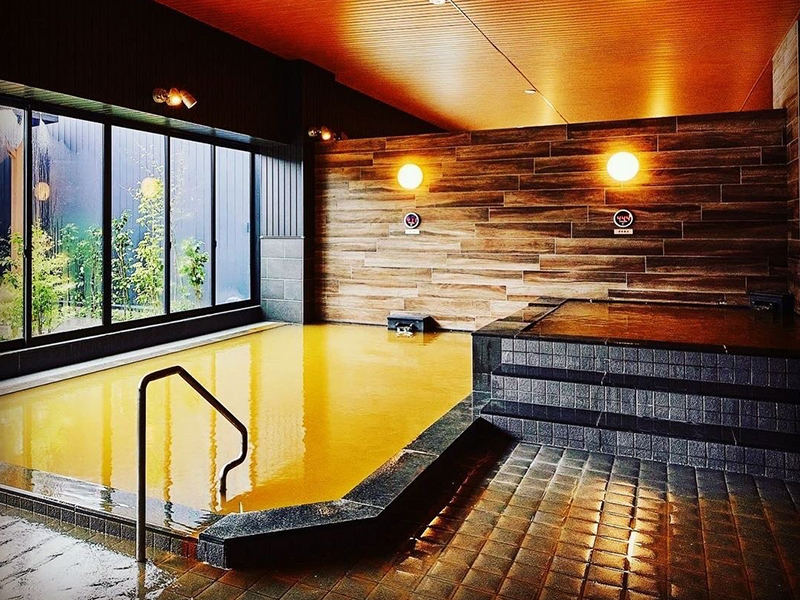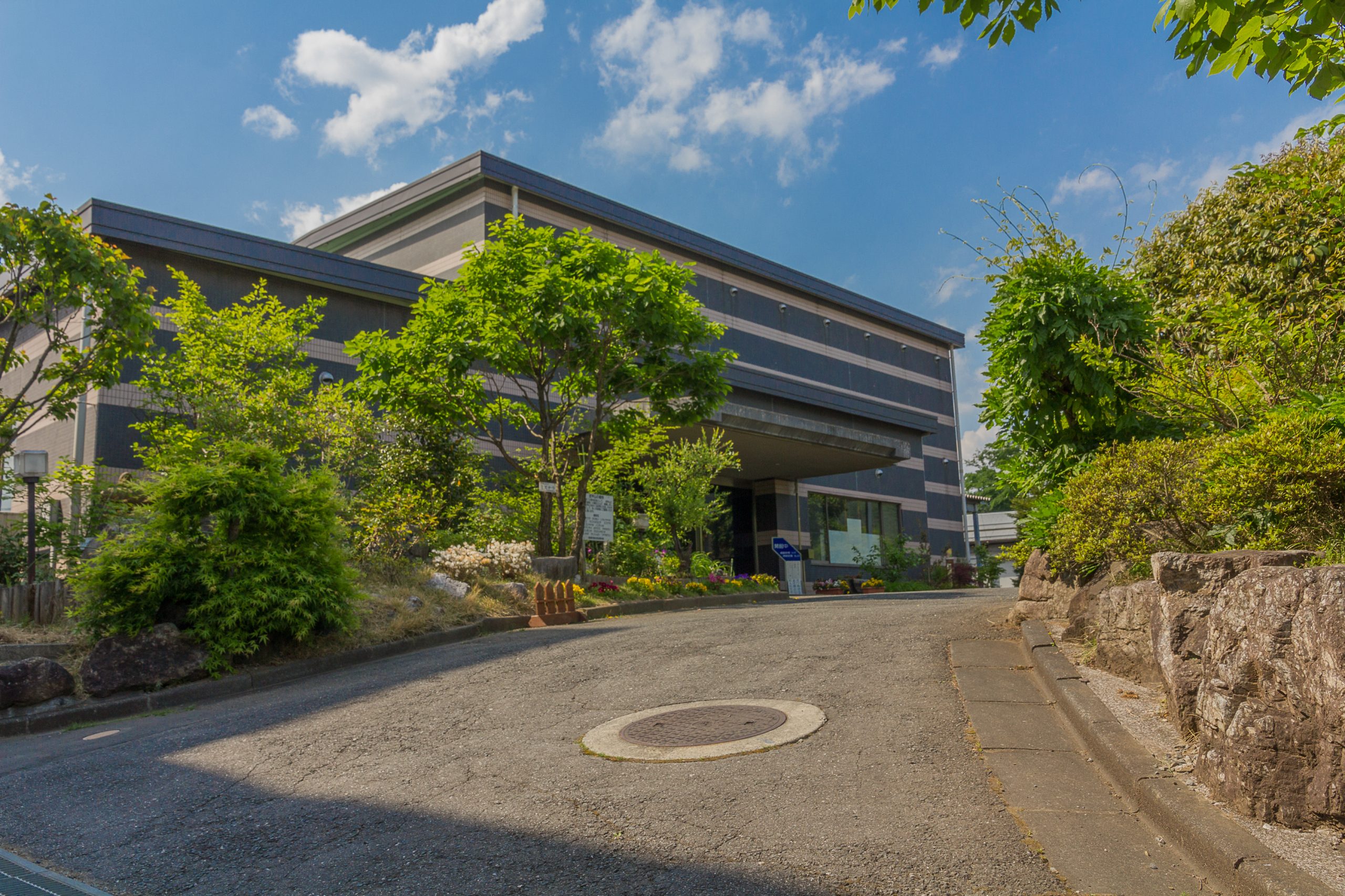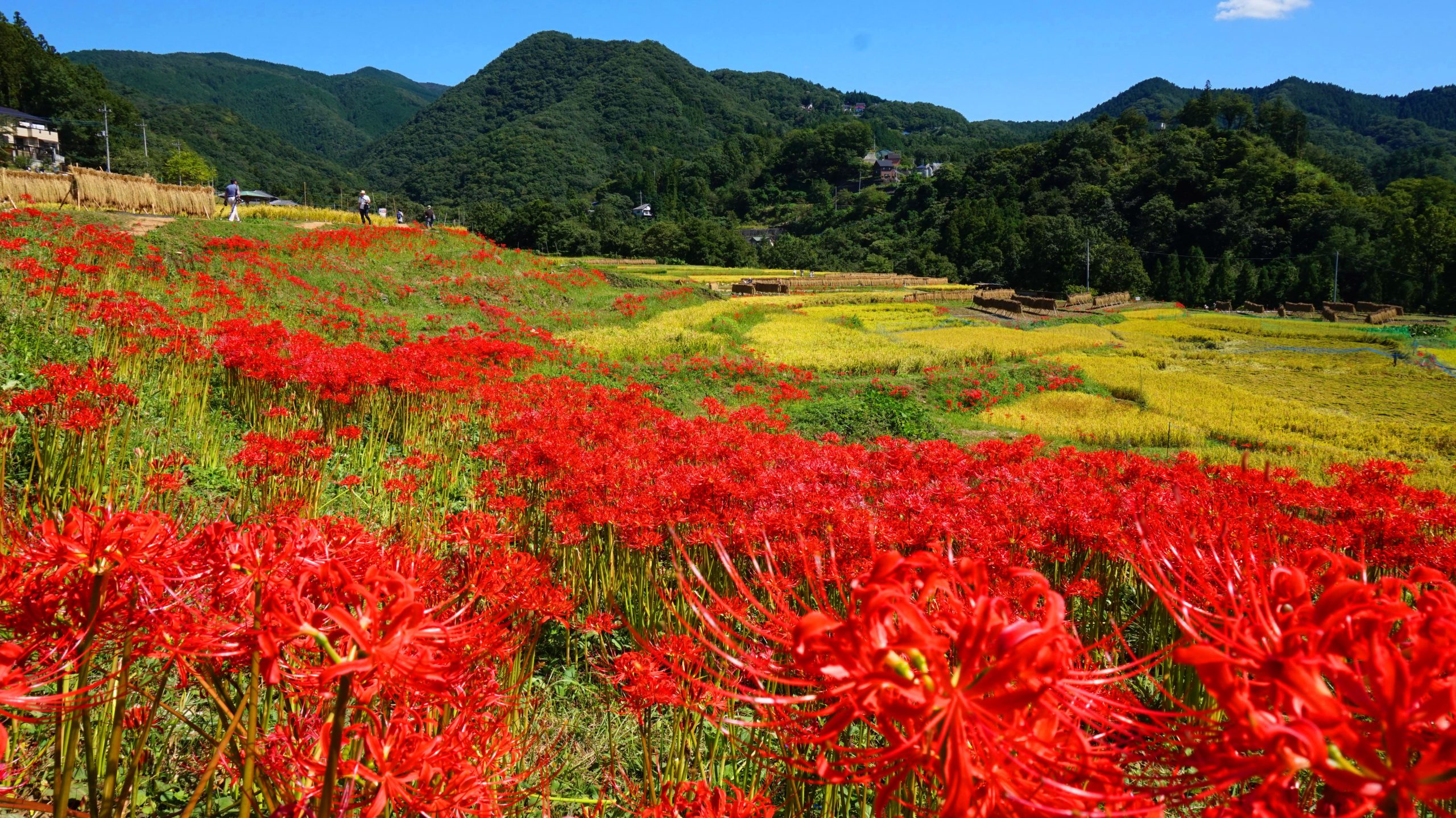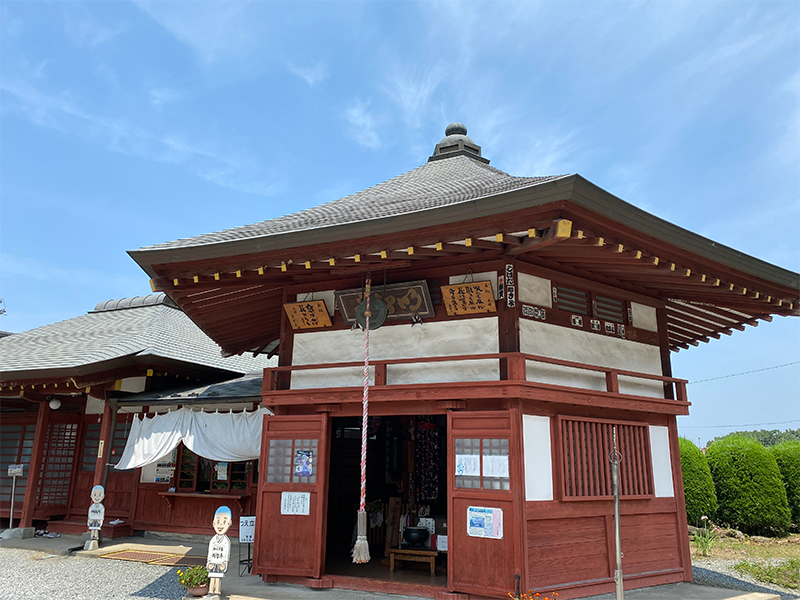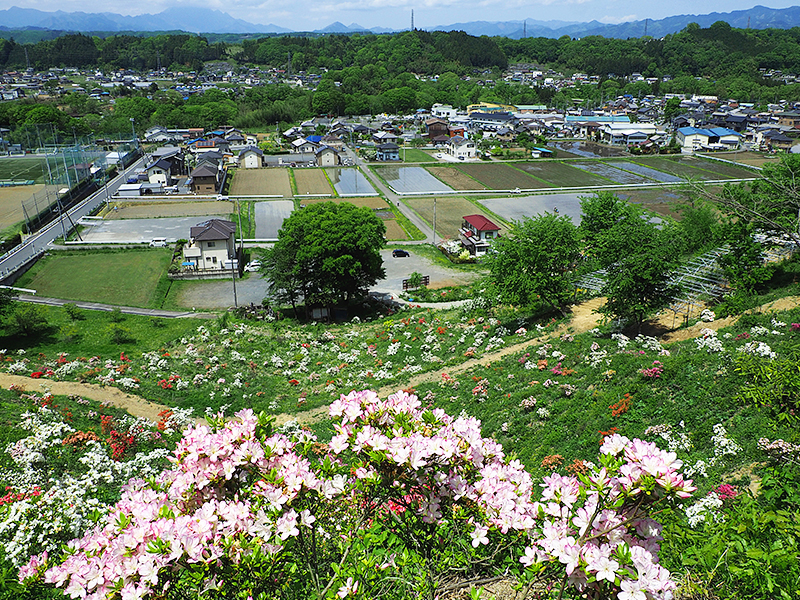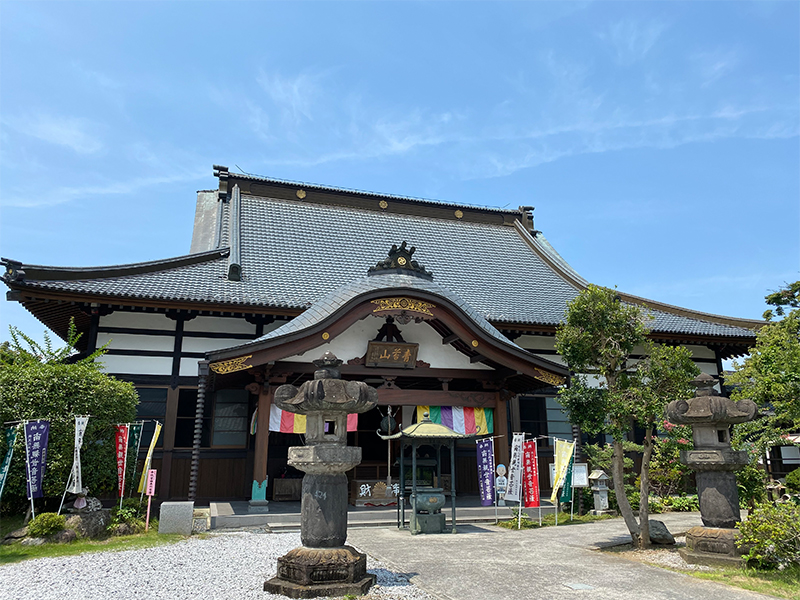Chichibu Yumoto Buko Onsen
sightseeing
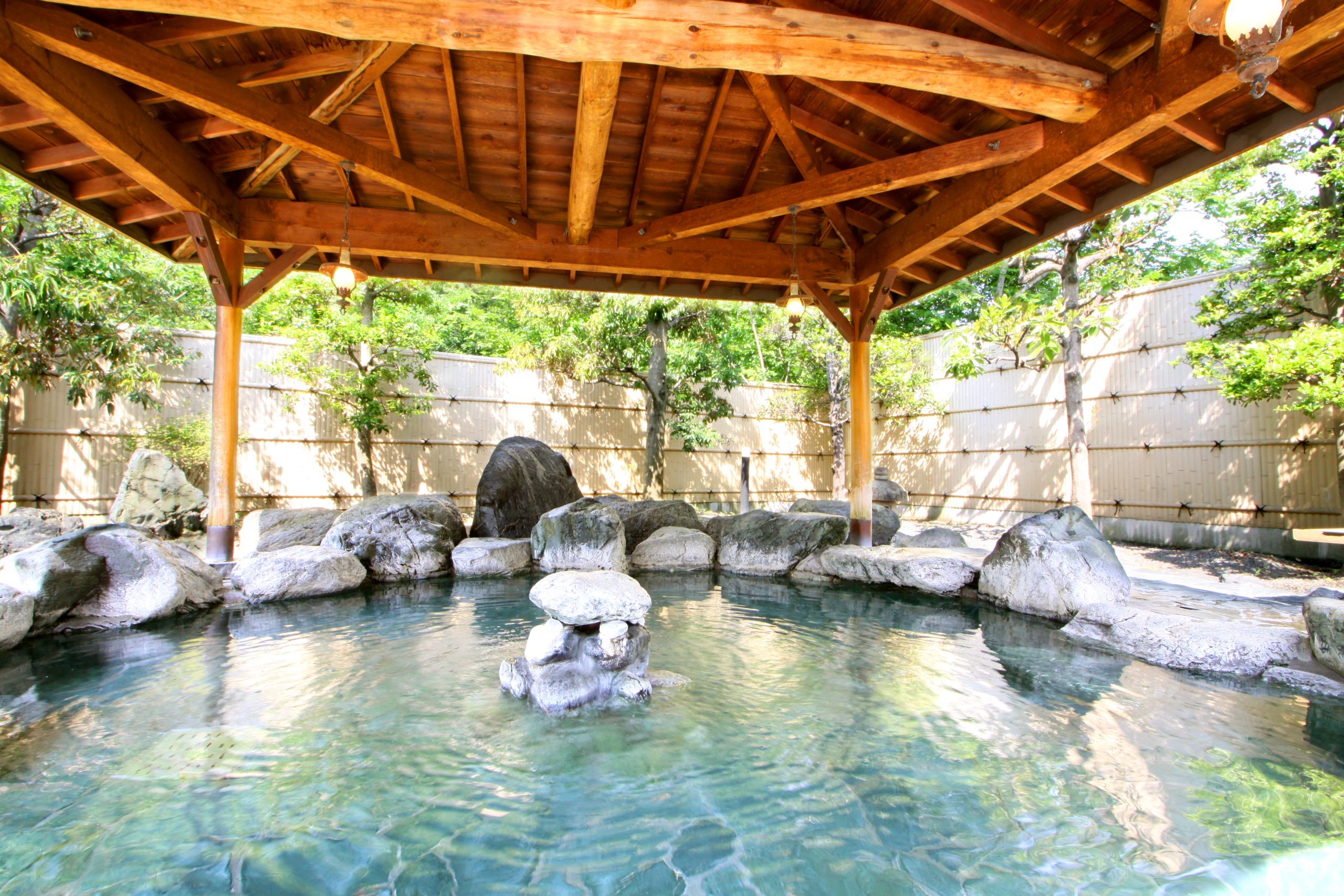
A simple sulfur hot spring. Chichibu Yumoto is a day trip hot spring with the Bukō Onsen as its source, and is effective for a range of chronic diseases such as nerve pain, sore muscles, joint pain, stiff shoulders, and poor blood circulation. One can fully enjoy nature in the liberating open-air bath with the hinoki (wooden) bath, which gives the gentle feeling of trees, and the rock bath, which provides a simple natural atmosphere. Nearby there are also Bukō Auto Campsite (Phone Number: 0494-23-8229) and lodging facility Bukō Onsen Bekkan (annex) (For reservations: 0494-24-4141).
Basic Information
Location
4628-3 Yokoze, Yokozemachi
TEL
0494-25-5151
FAX
0494-25-5152
Home page
Facilities
Bathing Facility for a Day Trip: An open-air bath, jet bath with a large bath tub, carbonated hot spring, sauna, cold bath, hall, resting room, restaurant, café, vendor, hand spa massage
Business hours / Fee
Business hours
10:00 ~ 21:00
Regular holiday
Operating all year round.
Fee
General (Older than Middle School) Weekdays: 700 yen / Saturday・Sunday・Holidays: 900 yen Younger than Elementary school Weekdays: 400 yen/Saturday・Sunday・Holidays: 500 yen Free for those younger than 2 Specific Day General (Middle school and older) ~ 1,000 yen, younger than Elementary School ~600 yen ※For the days that we specify, we set the prices listed above as our maximum price, with the price being for either the entire day or 3 hours.
How to get there
Public transport
Get off at “Yokoze Station” Seibu Chichibu Line and walk about 10 minutes
Car
In the direction of Tokyo Nerima・Niigata Gunma: 45 minutes from "Hanazono" Interchange of Kan-Etsu Expressway (Using a toll road) In the direction of Tokyo Hachiōji: 70 minutes from the Sayama Hidaka Interchange of Ken-o Expressway on the national route 299. In the direction of Tokorozawa Kawagoe: 50 minutes from Hannō on the national route 299
Parking
Free: Yes
Available for Large Buses
Fee: None
Available for Large Buses
Fee: None
Other
Internet Wi-Fi
×
Credit card
VISA:×_x000D_
JCB:×_x000D_
MASTER:×_x000D_
その他:×
JCB:×_x000D_
MASTER:×_x000D_
その他:×
Remarks
Bathing available for those on a day trip.
Universal design
AED installation
×
General / Wheelchair Shared Elevator
×
Wheelchair rental
×
Floor with handrail
×
Stairs with handrail
×
Wheelchair-accessible slope
〇
Stroller rental (There may be a charge.)
×
Sign language support
×
Braille explanation
×
Voice guidance
×
Wheelchair parking
×
Breastfeeding room
×
Compatible with diaper changing tables
×
Wheelchair lift
×
Baby keep or baby chair
×

